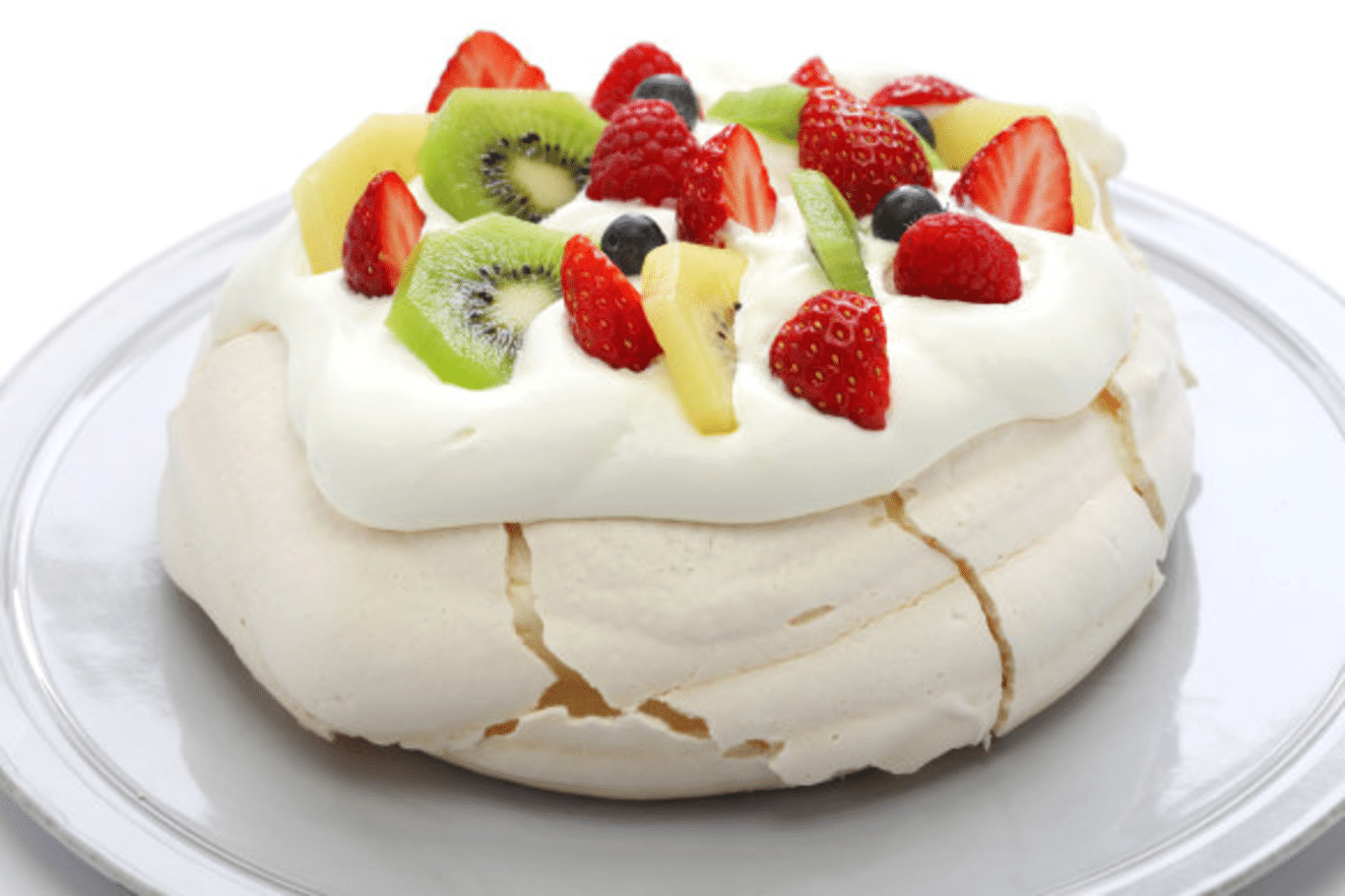The Battle for Pavlova: Who Really Invented this Delicious Dessert?
Who will emerge victorious in the battle for pavlova’s origins?
The origin of pavlova has long been a point of contention between Australia and New Zealand, but now Europe has joined the fray. Let’s delve into the history and origins of this meringue-and-cream creation.
Pavlova, the beloved dessert, has sparked a culinary battle between Australia, New Zealand, and now, Europe. While it’s common knowledge that Australia and New Zealand have long disputed the origins of this meringue-and-cream delight, the inclusion of Europe in the mix adds another layer of intrigue. But let’s focus on the dish itself before we dive into the origin stories.
In its classic form, pavlova is a baked meringue that is crispy on the outside and delightfully marshmallow-like on the inside. It is then adorned with whipped cream and seasonal fruits. Simple yet divine, it has become a staple of Antipodean Christmas celebrations.
Now, let’s address the elephant in the room – the name. It’s no secret that pavlova is named after the iconic Russian ballerina, Anna Pavlova. She graced the stages of both Australia and New Zealand during her tour in 1926, leaving a lasting impression on the people of these countries. But who can lay claim to the invention of pavlova as we know it today?
On the Australian side of the debate, we have Herbert Sachse, who is credited with creating the modern version of pavlova at Perth’s Esplanade Hotel in 1935. However, the Kiwis have their own version of events. They point to a recipe for pavlova that appeared in Dairy Farmer’s Annual in 1929. However, this version was more akin to a layered cake known as the French ‘dacquoise’.
While the battle between Australia and New Zealand rages on, it’s worth noting that the roots of this delectable dessert stretch back much further than these two nations. In fact, some believe that pavlova can be traced back to 13th-century Syria. Germanic kitchens in the 18th century also boasted their own version of this sweet treat, known as ‘schaum torte’.
So, where can you indulge in the battle for the best pavlova? In New Zealand, head to Floriditas in Wellington for a taste of their version of this dessert. Sadly, Perth’s Esplanade Hotel no longer serves pavlova, but you can find a delicious rendition at Peter Gilmore’s Bennelong restaurant in Sydney or Rockpool in Melbourne.
To make matters even more complicated, there is a slight difference between the Australian and New Zealand versions of pavlova. Kiwis typically top theirs with kiwi fruit, while Australians prefer the tangy sweetness of passionfruit.
In conclusion, the battle for the origins of pavlova continues to simmer, with Australia, New Zealand, and now Europe laying claim to this beloved dessert. Regardless of who invented it, one thing is certain – pavlova is a true delight that has captivated taste buds around the world.
- Pavlova is a baked meringue dessert topped with cream and seasonal fruits.
- The name of the dish is inspired by Russian ballerina Anna Pavlova, who toured in both Australia and New Zealand in 1926.
- Herbert Sachse is credited with inventing the modern version of pavlova in Perth in 1935.
- The Kiwis claim that a recipe for pavlova appeared in Dairy Farmer’s Annual in 1929, but it was more akin to a layered cake.
- The roots of this dessert can be traced back to 13th-century Syria, and it was a staple in Germanic kitchens by the 18th century.
- Kiwis usually top their pavlova with kiwi fruit, while Australians prefer passionfruit.
As the debate over the origins of pavlova rages on, one question remains: Who can truly stake their claim as the rightful creator of this heavenly dessert?
